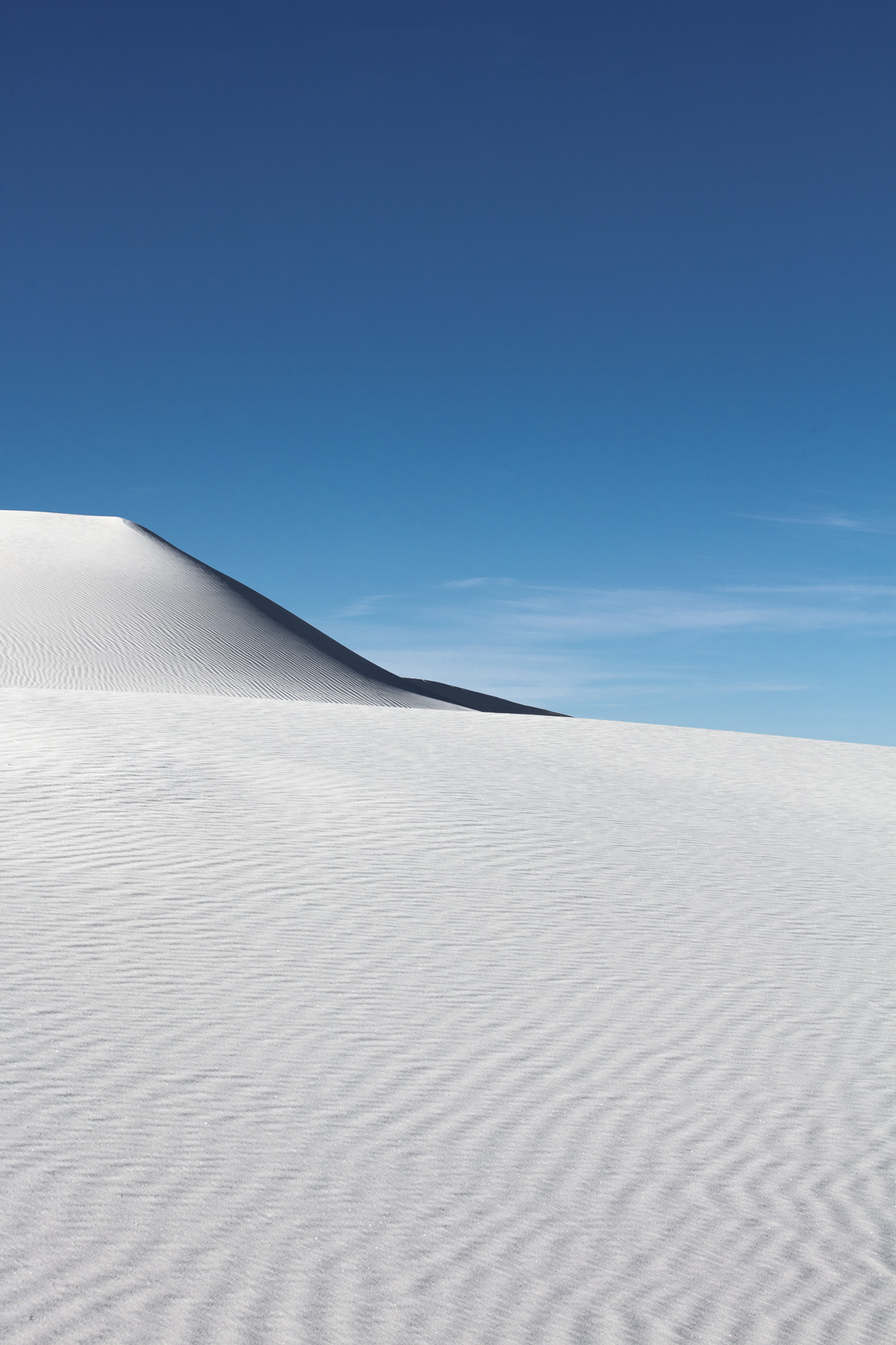If you’re on a quest to capture a natural wonder that effortlessly translates amazement into artistic brilliance, visiting White Sands National Park should be a must on your photography bucket list. Join me in this article as I recount my journey to the world’s largest gypsum dune field, sharing insights, tips, and my approach to capturing stunning and optimized photos at White Sands National Park.
Setting the Scene for Maximum Impact

In planning my visit to White Sands, I strategically chose the winter season to avoid the harsh climate, providing me with more freedom to explore off-trails on both sides of the park. My preferred side was the east-facing one, showcasing a snow-capped peak on the horizon. This side is also an excellent vantage point for capturing the vibrant hues during sunset.
Based on my experience, capturing impactful photos at White Sands requires finding strategic positioning. This allows one to capitalize on flattering shadows cast on the dunes, adding an artistic and minimalist touch to the compositions.
Minimalism, Shadows, and Sharpness

Believing that at White Sands, less is more, I chose my 70-200mm lens for a minimalist style. This choice allowed me to focus on specific elements, creating simplicity and highlighting the grandeur of the dunes. To achieve crisp, sharp shots that showcase the intricacies of the dunes with the play of shadows, I played with a fast shutter speed and a small aperture to bring out the texture of the gypsum.
Pro Tip and Timing

To enhance your White Sands photos, consider venturing a bit farther from the most visited dunes to capture untouched beauty and avoid marks of humans footprints. Additionally, perfect timing can significantly elevate the quality of your shots. From my journey, I’ve found that the optimal time to photograph White Sands starts two hours before sunset. During this period, the shifting tone of the sky will accentuate the shadows and the texture of the dunes.
Fascinating Facts About White Sands

White Sands holds facts that add flavor to the frame:
- The dunes aren’t composed of regular silica but almost pure gypsum, making them shine like pearls in the sun.
- White Sands is the world’s largest gypsum dune field, covering 275 square miles.
- The dunes have been in the Tularosa Basin for 7,000-10,000 years.
Places to Stay and Conclusion

If planning your next trip to White Sands, consider staying in Alamogordo or nearby cities like Las Cruces or El Paso. These locations are a comfortable drive away from the park.
White Sands for me, was an unforgettable experience, a natural wonder that impressed me just as much as when I’ve visited Death Valley. It’s a perfect place for photography, where skills and imagination can play with the different reflections and changing hues, and where minimalism offers plenty to explore.

